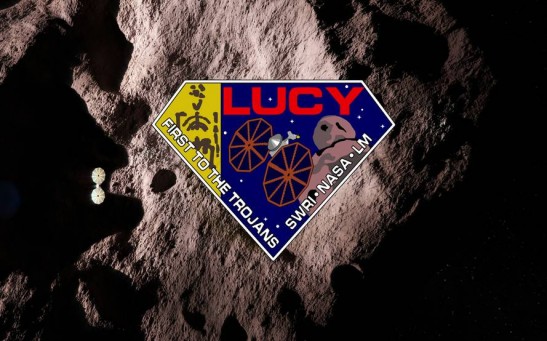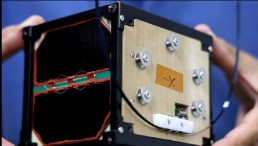space
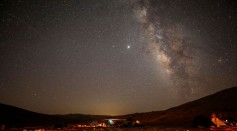
Fireball Spotted Flying Over North Carolina Sky; Meteor Traveling at 32,000 Mph
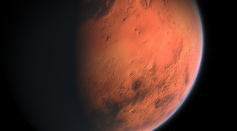
Mars-Sized Planet Might Be Lurking in Trans-Neptunian Space of the Solar System as Hinted by Computer Simulations
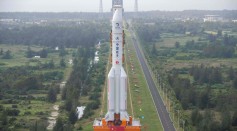
China's Kuaizhou 1A Launches Earth-Observation Satellite Atop Long March 3B Rocket
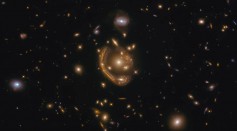
Einstein Ring Explained: Age of NASA Hubble Space Telescope Recent Discovery Is 9 Billion Years Old!
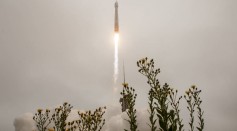
NASA Finally Launches Powerful Landsat 9 Satellite to Continue 50-Year Legacy of Earth Observation
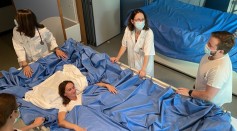
Women Spend 5 Days in Bed to See Effects of Spaceflight on Human Body
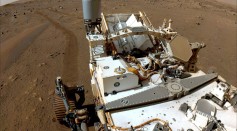
NASA Mars Perseverance Shares Rover’s Busy Day on Red Planet With a Selfie
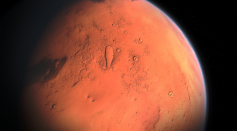
Can NASA Get Water From Moon, Mars? Virginia Tech Thinks So!
History in Space: September 26 Marks the 38th Year of a Russian Soyuz Rocket’s Escape from Explosion on the Launchpad
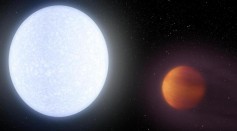
This $4 Million Cereal Box-Sized Satellite to Examine Planet Evolution, Exoplanets
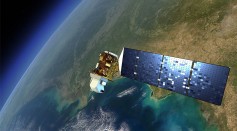
NASA Landsat 9 to Launch via United Launch Alliance Atlas V Rocket After Multiple Delays
Oxygen, Water Can Be Produced from Lunar Soil? Scientists Develop Machine Making It Possible to Supply That for Astronauts
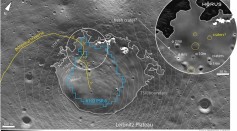
AI-Powered Imaging Captured High-Definition Craters in Lunar Poles Containing Water Frozen in Time

NASA Hubble Space Telescope Detects Einstein Ring; What Makes This Special? [WATCH]
Most Popular

Nikolay Karpenko Biography, Photo, Career, Accomplishments

How Technology Is Changing the Real Estate Industry?

Newly Discovered Mammal 'Heleocola piceanus' Was a Swamp Dweller Coexisting With Dinosaurs

The Ultimate Guide to John Deere Z425 Oil Capacity and Maintenance

